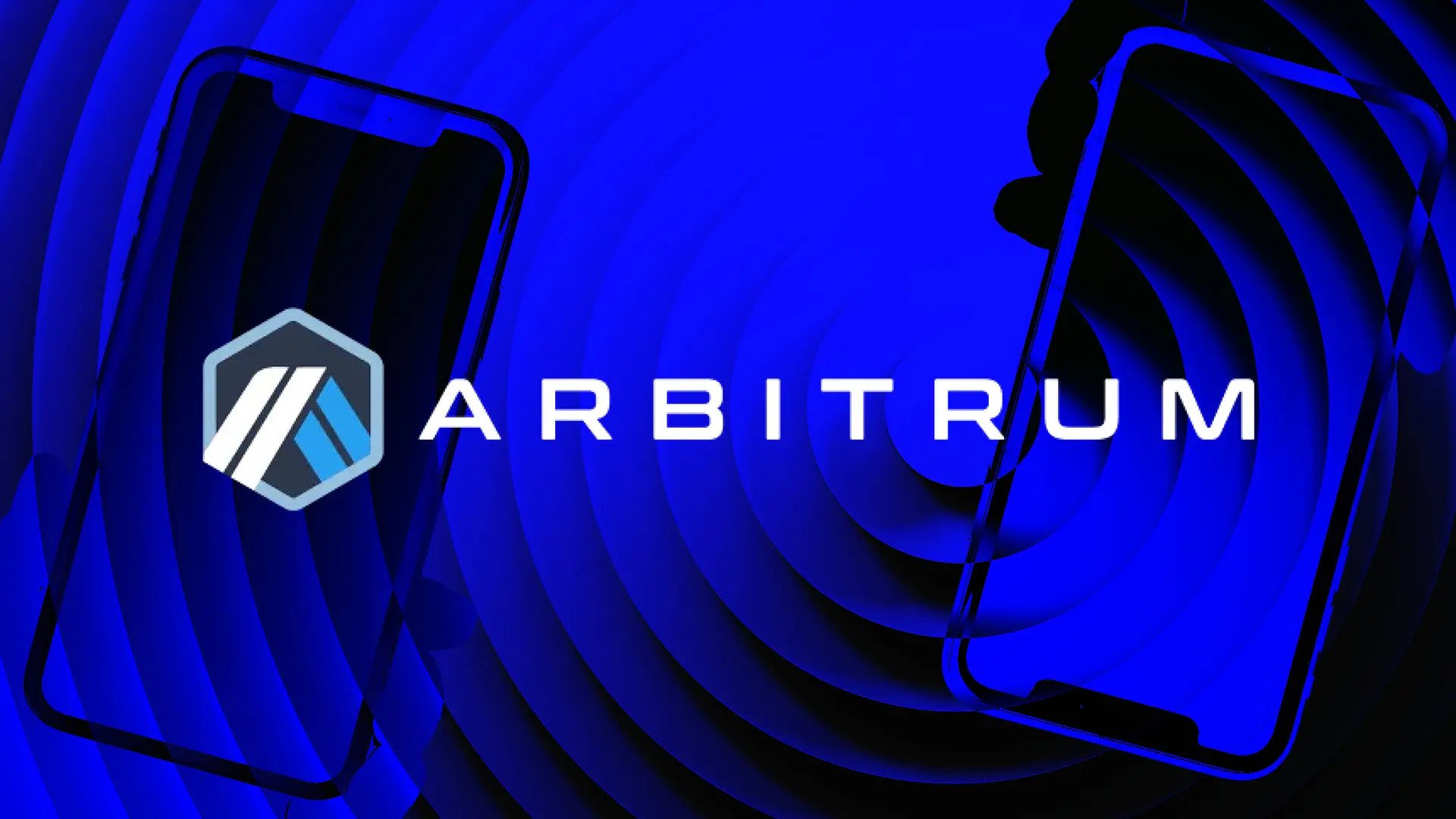
Arbitrum (ARB), a prominent layer-2 scalability solution within the Ethereum network, has seen its price plummet to an all-time low. This decline can be attributed to several factors, including a decrease in Total Value Locked (TVL), reduced engagement from active addresses using its decentralized applications (DApps), and a broader sense of unease in the cryptocurrency market.
Despite Arbitrum’s status as a leading contender in Ethereum’s layer-2 scaling solutions, its native token, ARB, experienced a sharp drop of 14.5% between September 9th and September 11th, reaching its lowest point in history.
Investors are now seeking to understand the causes behind this significant price movement and are questioning whether Arbitrum can maintain its competitive edge. It’s essential to note that even though the past week has been challenging for most cryptocurrencies, with several experiencing drops, none of Ethereum’s scaling solutions, except for Arbitrum, saw declines exceeding 9%.
One potential concern revolves around the absence of any instances of fraud-proof issuance since Arbitrum’s mainnet launch in August 2021. While this may raise eyebrows, developers have clarified that this aligns with the system’s intended operation. Validators with malicious intentions risk losing their entire stake, which discourages fraudulent behavior. Therefore, the lack of fraud-proof issuance is unlikely to be a significant driver of the recent price decline.
Other factors that could help explain the price downturn are related to governance proposals within Arbitrum’s decentralized autonomous organization (DAO). One proposal, posted on September 2nd, aims to allocate up to 75 million ARB tokens from the project’s treasury to address short-term needs of active DApps within the ecosystem. However, even if approved, this allocation represents less than 2% of the DAO’s treasury holdings, making it an unlikely trigger for the ARB token’s price correction.
Another governance proposal introduced on September 9th by PlutusDAO seeks to return tokens from the DAO treasury to ARB holders through a staking mechanism, creating a native yield for participants. This proposal, potentially involving up to 2% of the total supply annually, has garnered attention. Nevertheless, some investors view this approach as inflationary and believe it exerts downward pressure on prices.
In the eyes of some users, such as Psy on the X social network (formerly Twitter), this “dilution through inflation” does not contribute positively to the ecosystem, as it merely redistributes DAO treasury holdings.
Beyond token governance, there are concerns related to liquidation risks on both centralized and decentralized exchanges that offer leveraged trading. For example, Lookonchain observed a whale withdrawing ARB tokens from the Aave lending platform and transferring some to Binance. However, it’s important to note that leveraged long positions tend to close after token prices have fallen, rather than causing price declines in the first place.
To gain a deeper understanding of the recent price performance, investors should closely examine Arbitrum’s activity and deposit trends over the past few months, as these factors may have contributed to the price decline.
